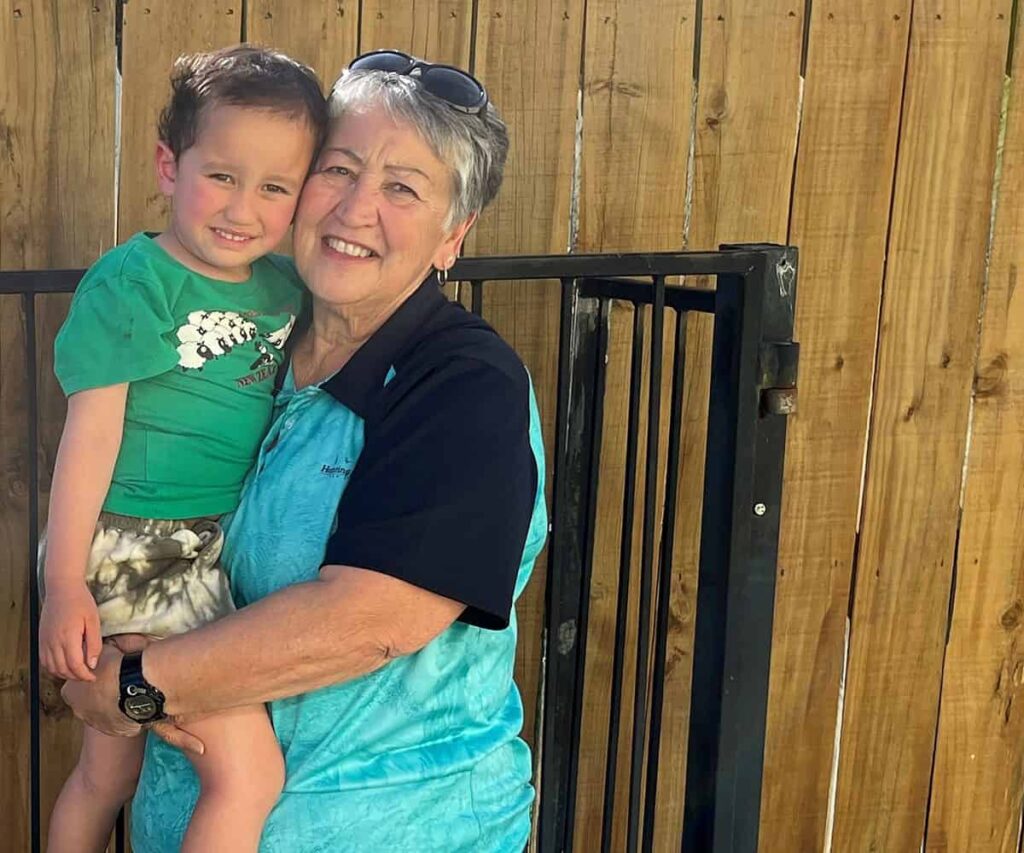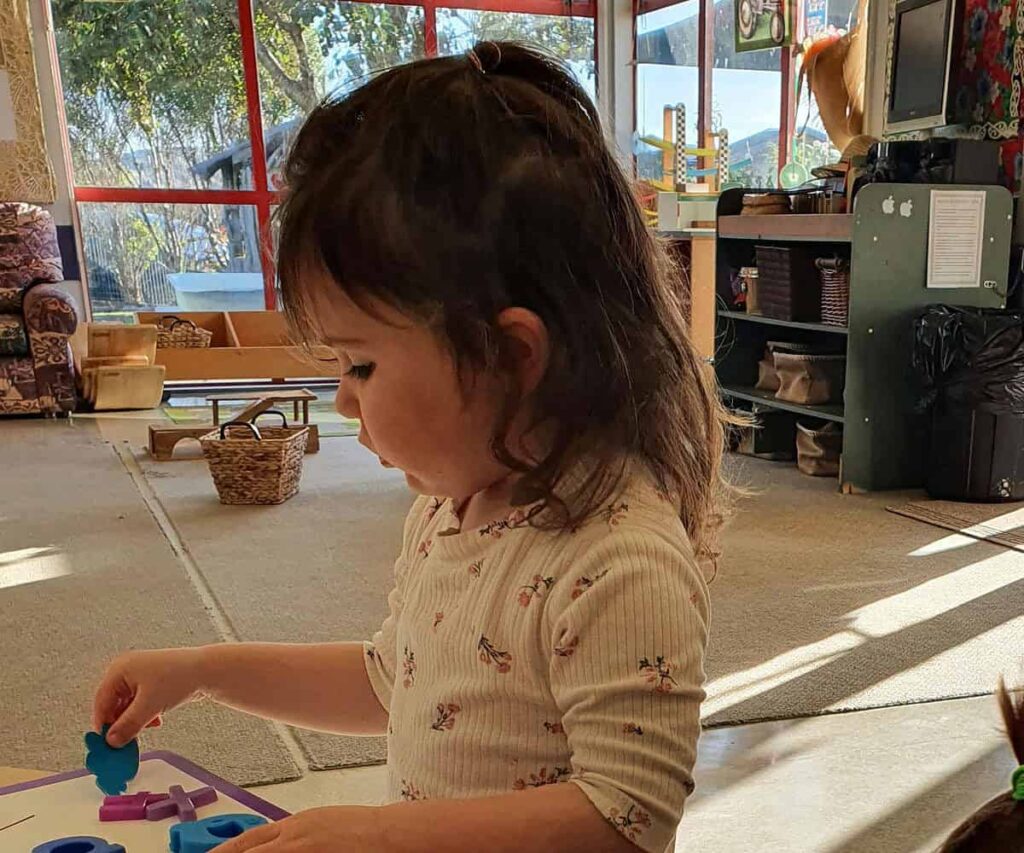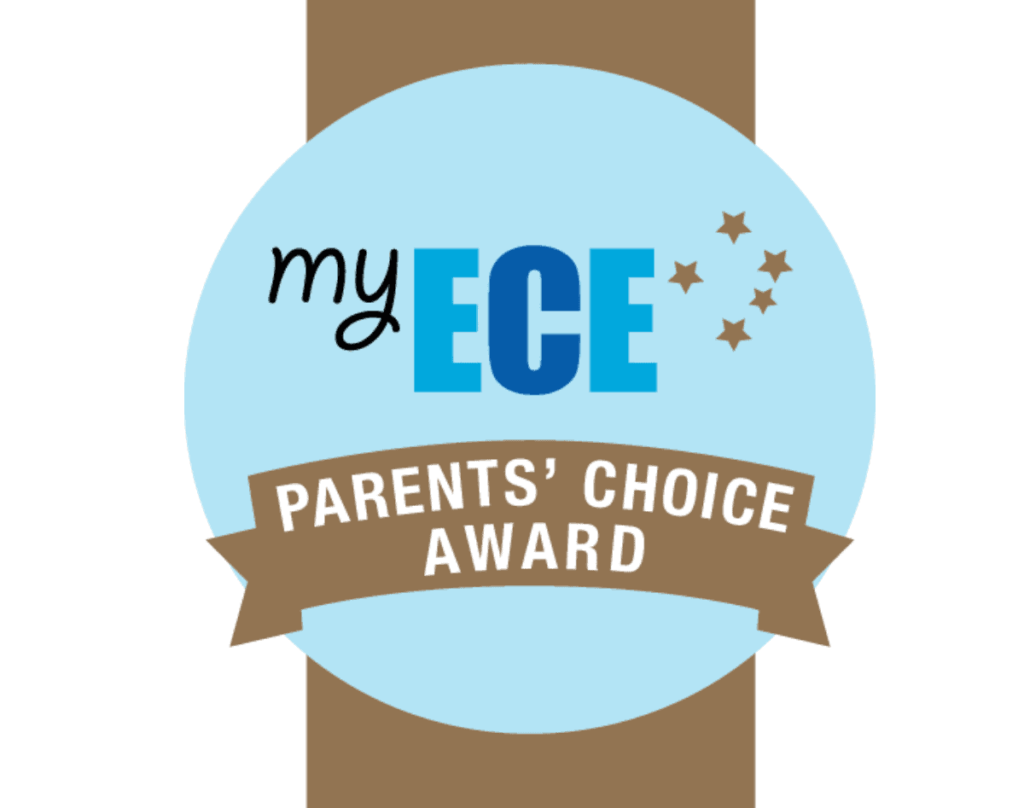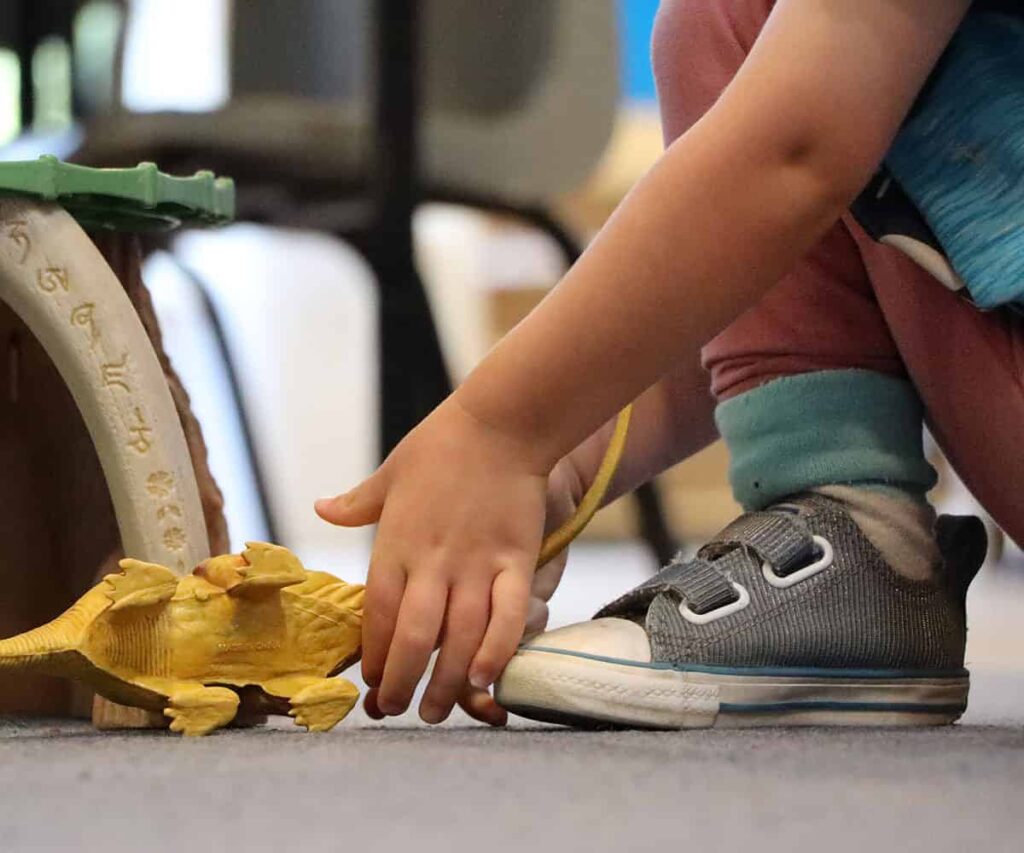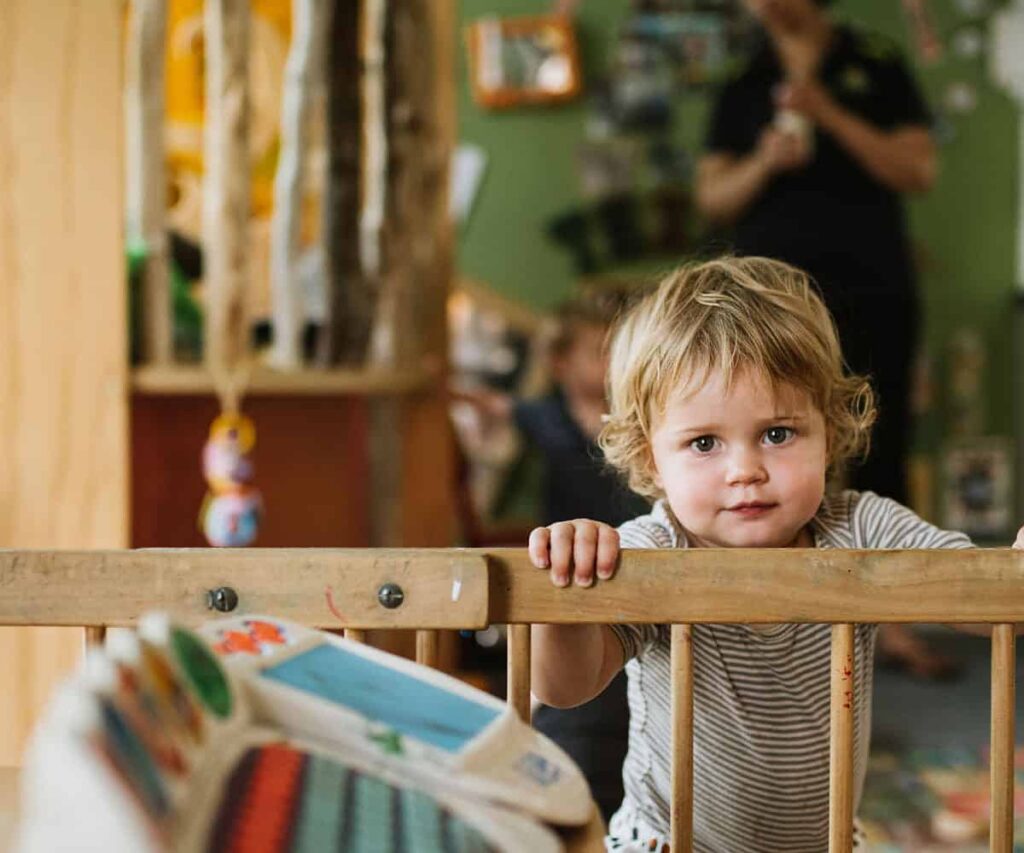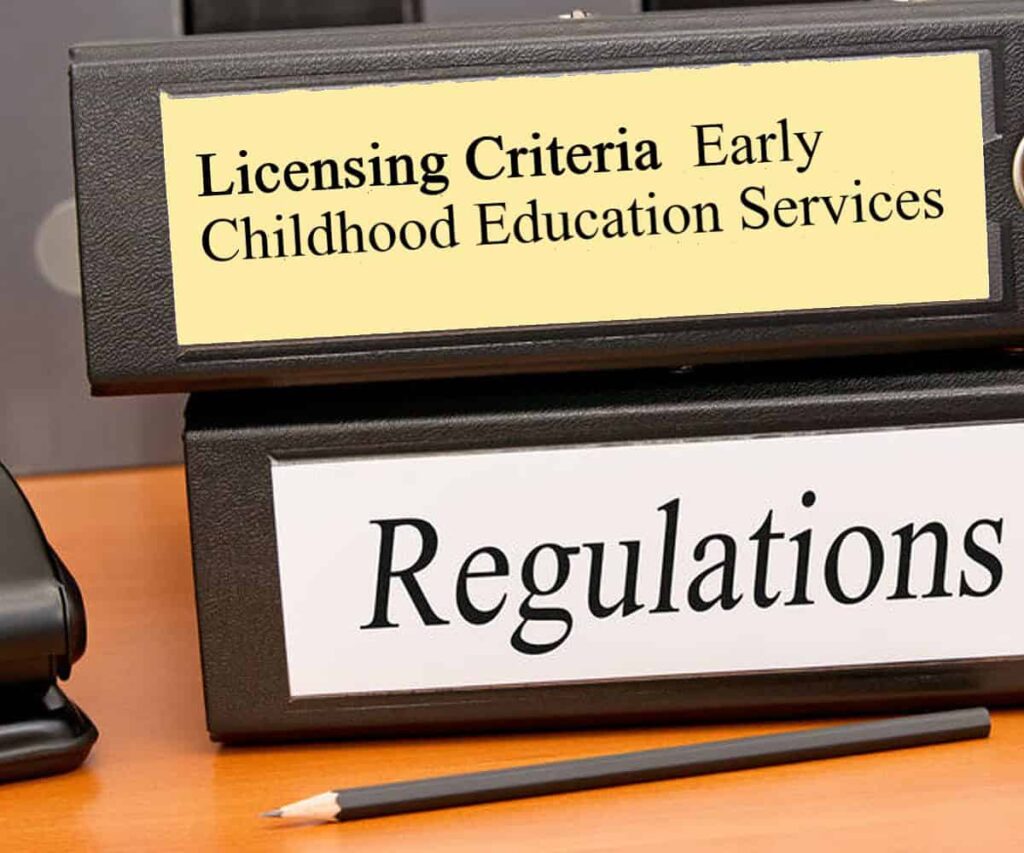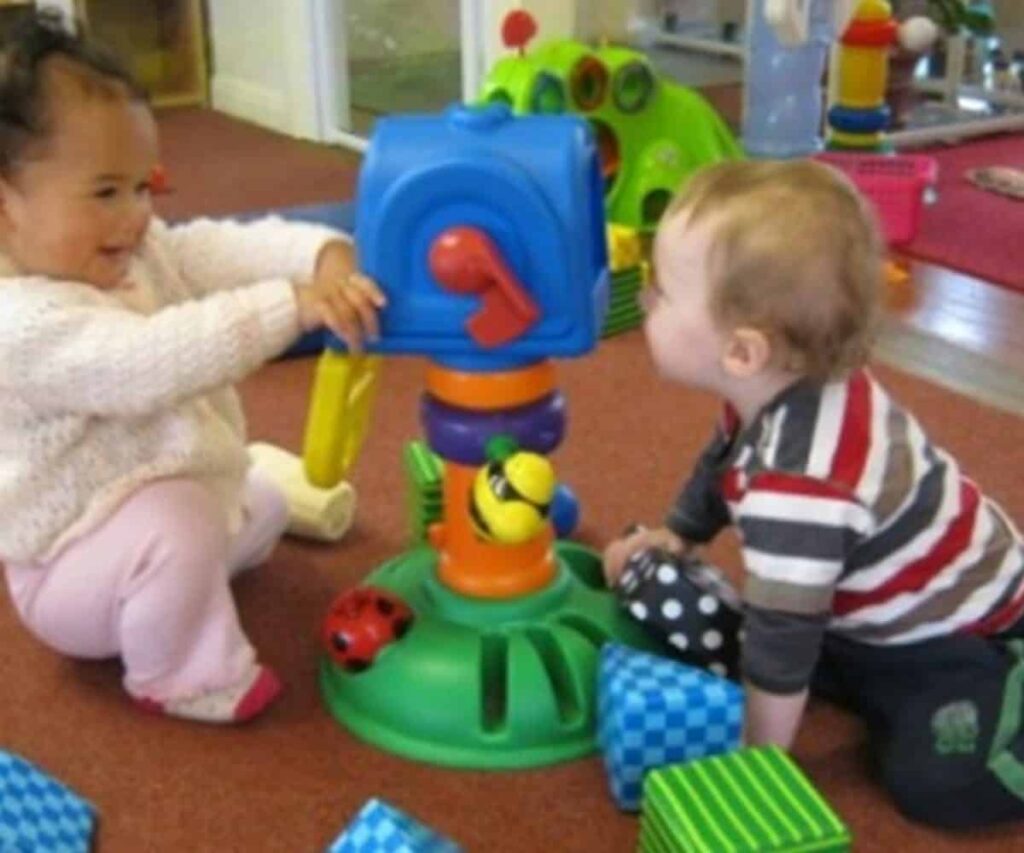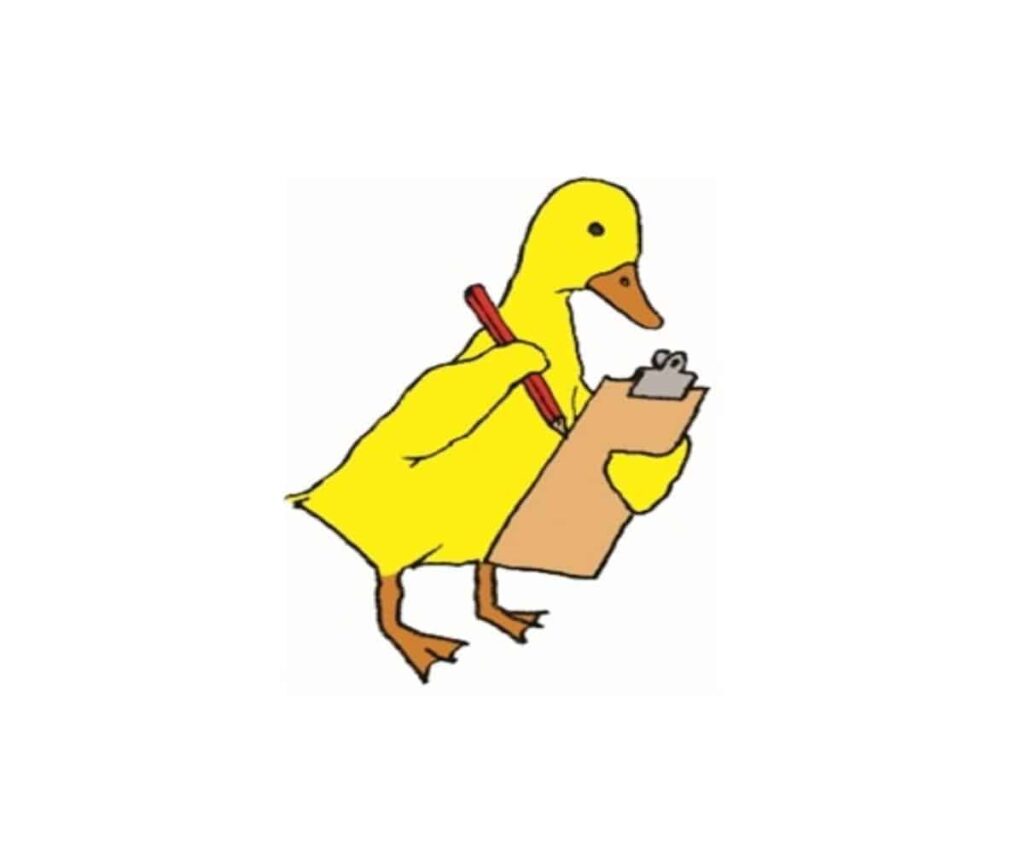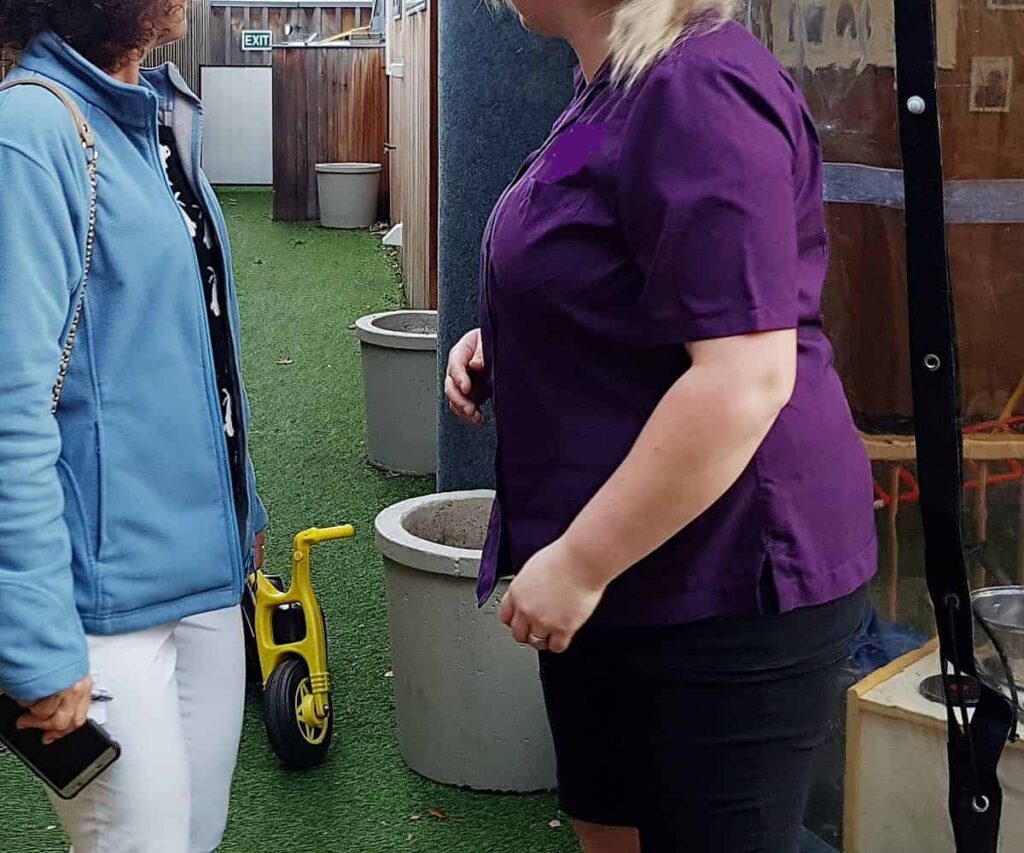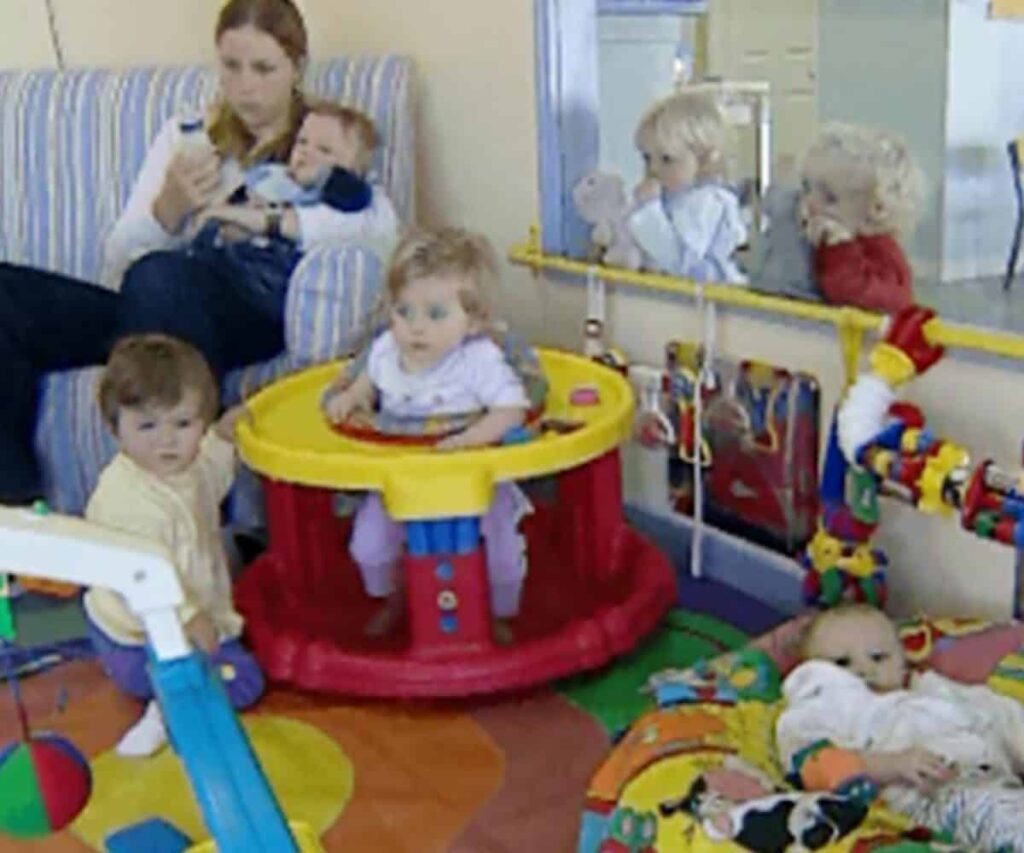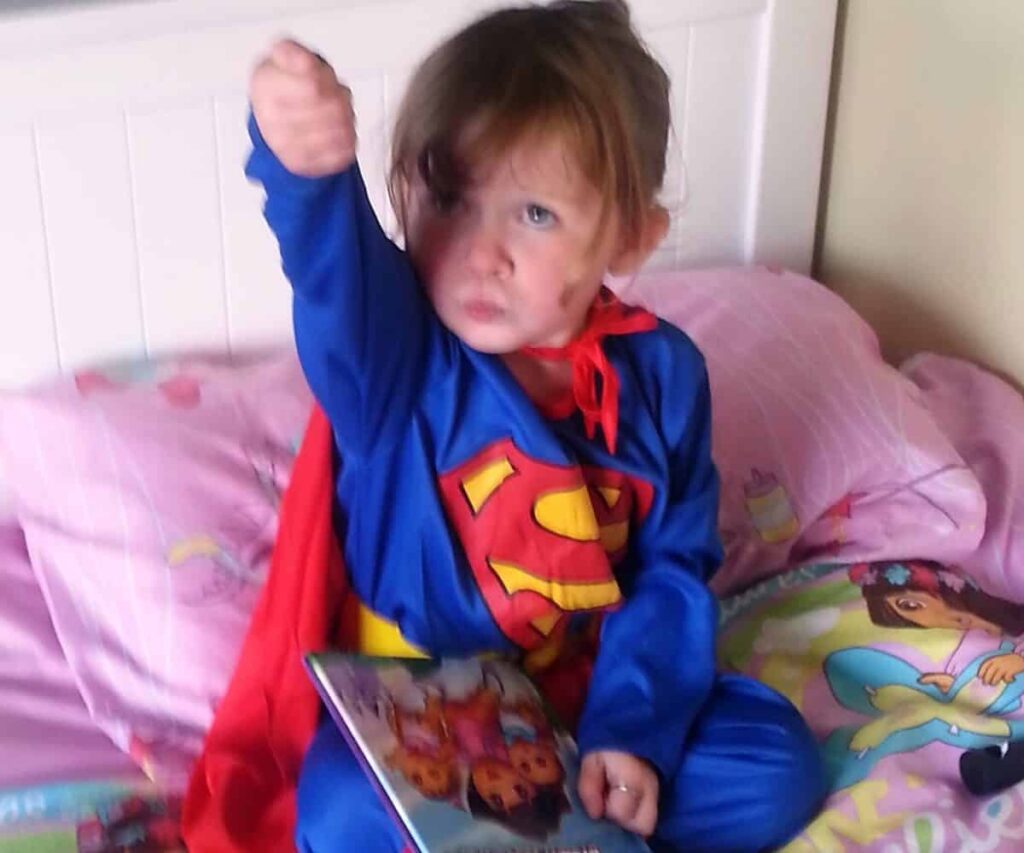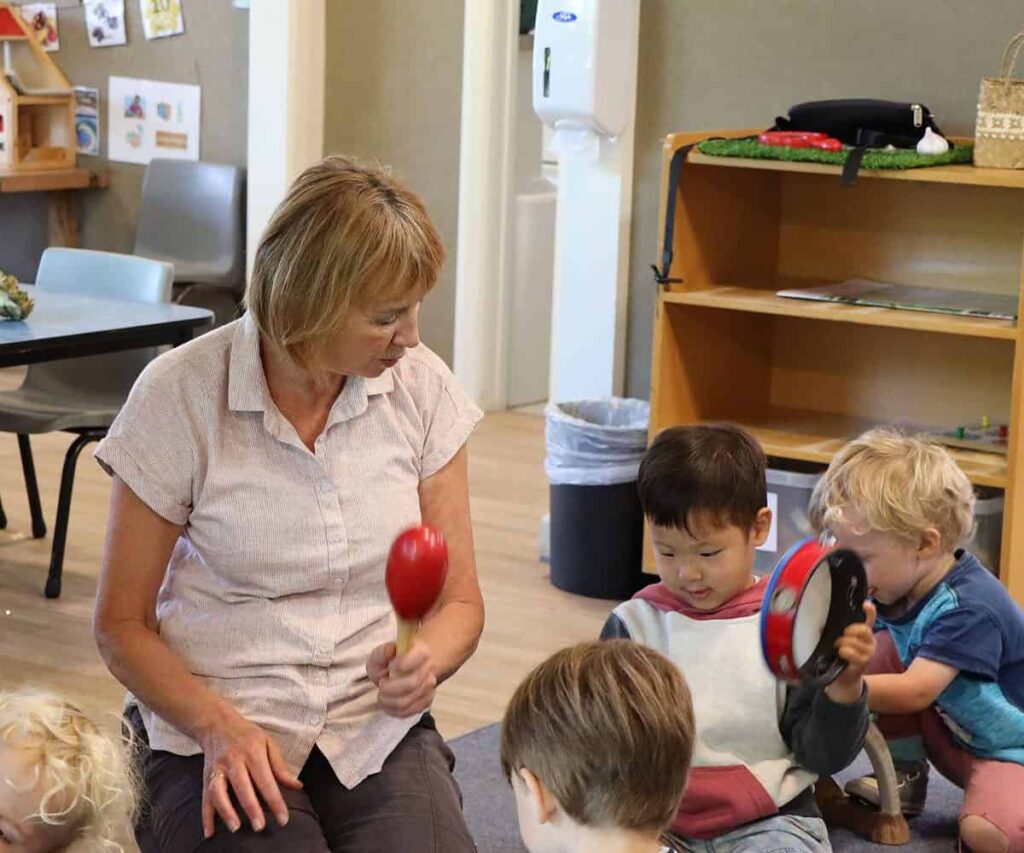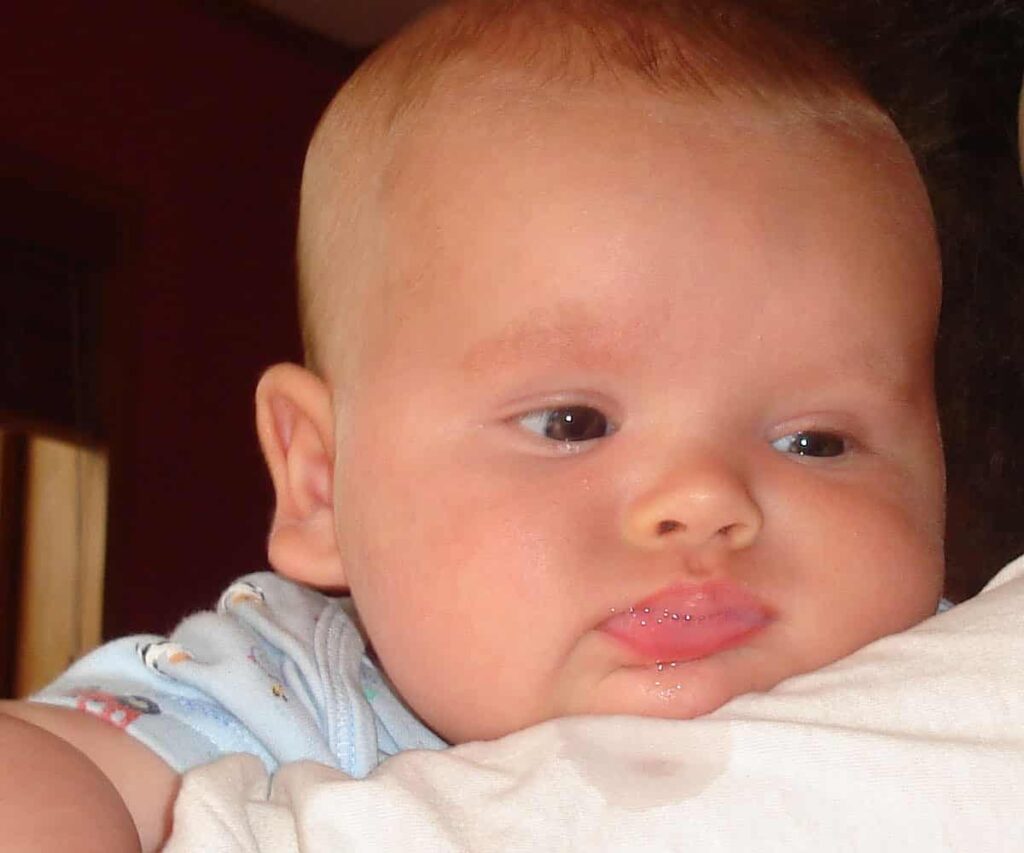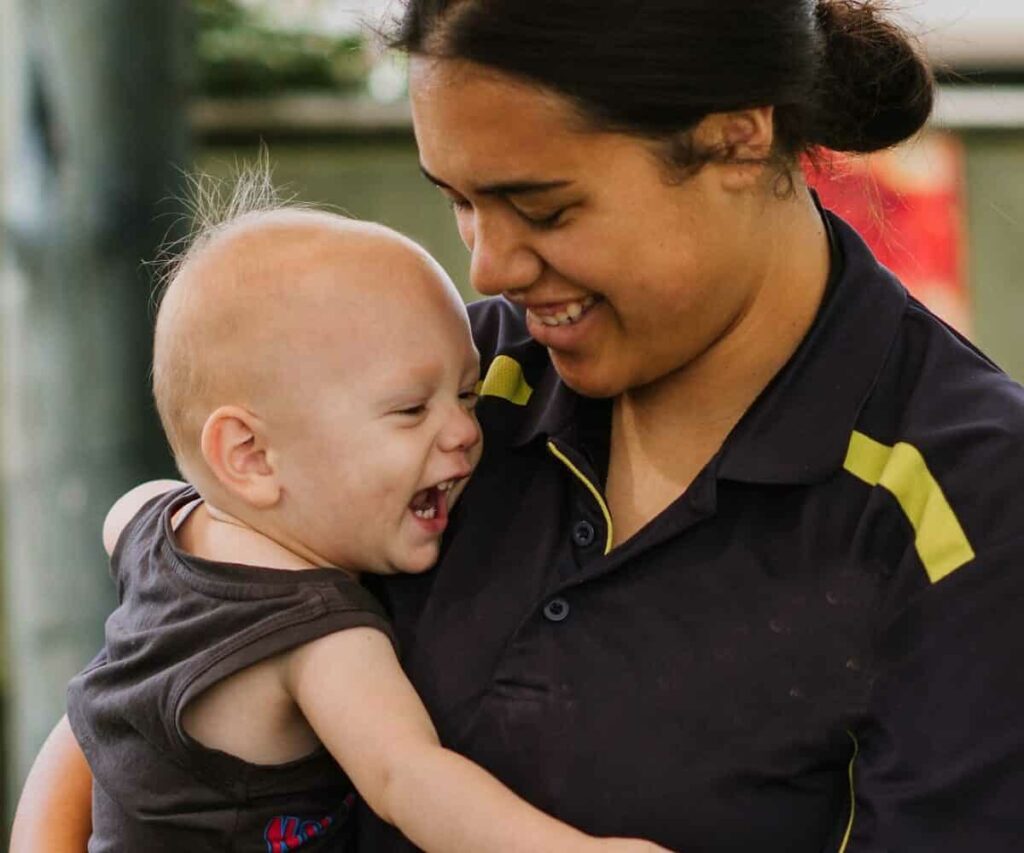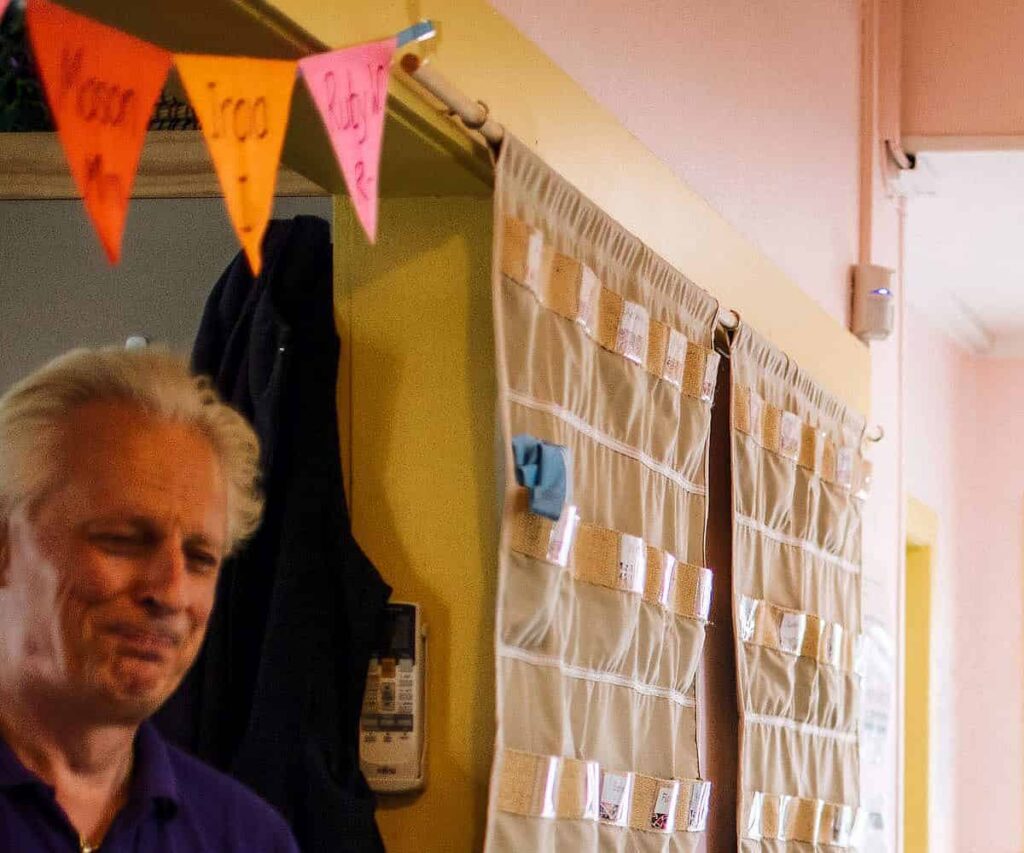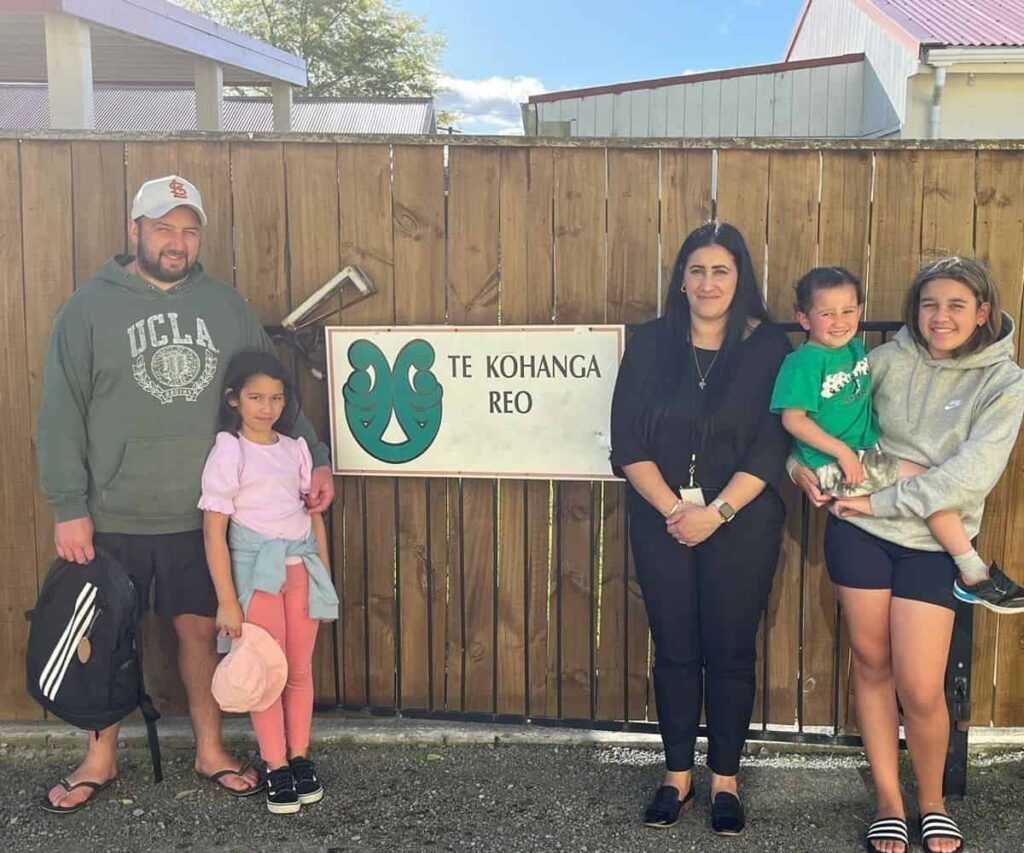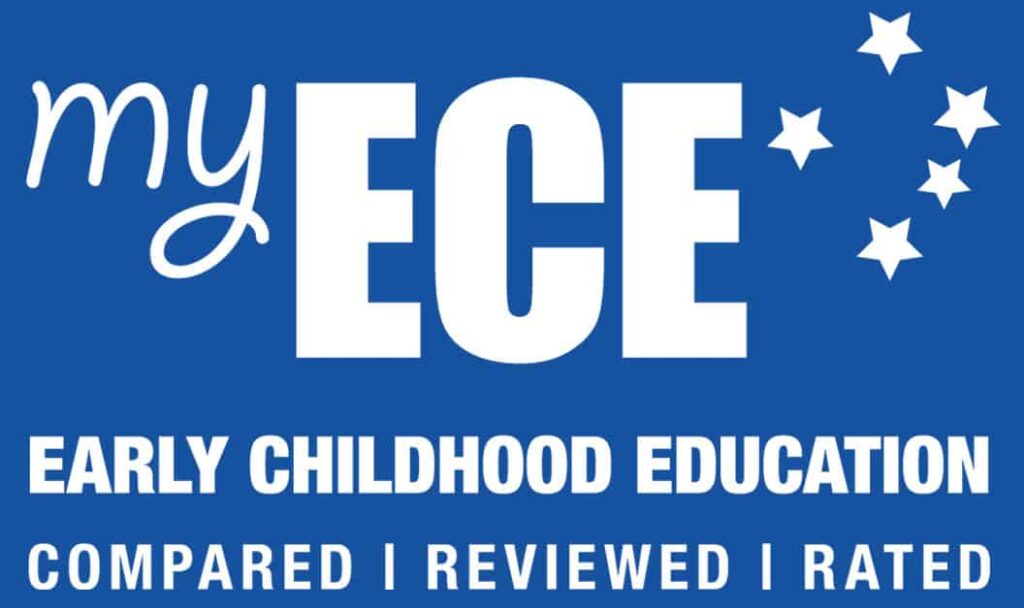There is always a risk of children escaping – leaving unnoticed from early childhood services. Security gates and child-proof fencing will not always keep a child in if the child wants to leave. The adults responsible for the care and education of the child may fail to supervise a child to know where the child is.
When something like this happens, it’s a reminder to all early childhood providers and staff to ensure their procedures keep children safe and alive. Sleep charts, physical checks of all rooms, sign in and out sheets are all important and help safeguard everyone.
Just some of the cases of ‘escapes’ and child neglect in Aotearoa/New Zealand include:
- An infant was left for over two hours, alone, and in a cot in the home of a home-based educator while she took her own child to the doctors.
- Two children unlatched the top and bottom bolts of a gate in their centre’s playground and crossed a four-lane road together to go to a shopping centre where they were noticed by shoppers in the carpark
- Three girls at a kindergarten used a ladder to climb a fence and cross a State Highway to go to the home of one of the girls. Their absence was only noticed by the teachers almost two hours later when parents came to pick them up.
- A two-year-old was not noticed to be missing after leaving his childcare centre through a gate with a faulty latch.
- A three-year-old boy with autism arrived home early from kindergarten after he dragged a chair to the front door and opened it while other children were napping, and teachers were on lunchbreak.
- A four-year-old boy with special needs climbing on to a compost bin at a kindergarten to get over a fence and wandering around the streets. The teachers did not know how long the boy had been wandering the streets as they only noticed him missing when they sat down for lunch.
- A sleeping nine-month-old child was left in a cot alone at a childcare centre after teachers locked up the building and went home for the day.
Every early childhood service has a legal responsibility to take all practicable steps to protect children and ensure safety. So, ask your early childhood service questions about what it does to mitigate risk and reduce the chance of such incidents occurring.
When a child ‘escapes’ perhaps the child is trying to tell their parent and the ECE service something. Maybe the child is saying: “I’m bored here”; “I feel imprisoned”, “I don’t have friends”, “none of the adults here love me”.
An ethical ECE service provider will view itself as responsible for an incident and not blame the child, staff, or something else (e.g., ‘it was a faulty gate).
ECE Service responsibilities
The adults involved in the day-to-day care of children should be fully present for them.
- Staffing rosters should not be implemented, that for example, place a teaching staff member in the laundry or that don’t ensure every child is adequately supervised.
- Management should enable and support the carers / teachers to be actively part of children’s lives within the service, to be their friend, comforter, sharer in play, mentor, role model, and advocate for the child when the child is unhappy, unwell, or needing help. It is human nature for children to stay with the group and the stronger the bonds with teachers and the more the child feels wanted and included the more the child will see the group as part of his or her own family.
- A high adult-child ratio can help in creating a stronger circle of safety of children, but management should make sure that any increase in staff: child ratios improves child supervision and contact and does not for example result in increased chatting among the adults.
- Group size should not be so large that it becomes easy for an adult to lose track of a child or not even know if a child is present. Within a small group it’s easier for children to get an adult’s attention, form friendships with other children, hear each other talk, and engage in lots of shared interaction. (see discussion about adult-child ratio and group size)
Management should also show awareness of how the layout of the building and playground, the positioning of equipment and resources, and the way space is used can impact on a child’s ability to hide or to slip away from the service unnoticed.
Importantly, there should be procedures in place so that no child ever gets left behind. For example, a teacher returns to the outdoor area to check for any remaining children after children are called inside, and instead of counting the number of heads the adult calls out children’s names and visually matches each name to each child (and especially when taking trips outside of the service).
Safety checks should be regularly carried out to identify and mitigate risks such as faulty gate latches. (Daily Hazard Checklist)
To finish this article here is a lovely story shared by an early childhood teacher of a child perhaps a little too eager to get to – rather than escape from – his centre:
I came across a child who was so eager to get to the centre that when his poor Mum was in the shower, he left the apartment. Unfortunately, he got out of the apartment and shut the door, which locked behind him as he lost his nerve and tried to go back home. A neighbour came to his aide – he tried to ring the boy’s Mum, but she was in the shower and could not hear the phone. The neighbour brought him to the centre, and of course we all panicked, thinking his Mum had already brought him in and he had run away. When I worked out what the story was, I rang Mum, who was by then out of the shower and starting to panic. At least he knew the centre was a safe place.
READ MORE:
How to tell if your child is happy and settled
Regulations that children are not to be allowed to leave without their parent or authorised person
Supervision of children and the supervision of adults supervising the children
The supervision skills that service providers should ensure all persons caring for the child have
